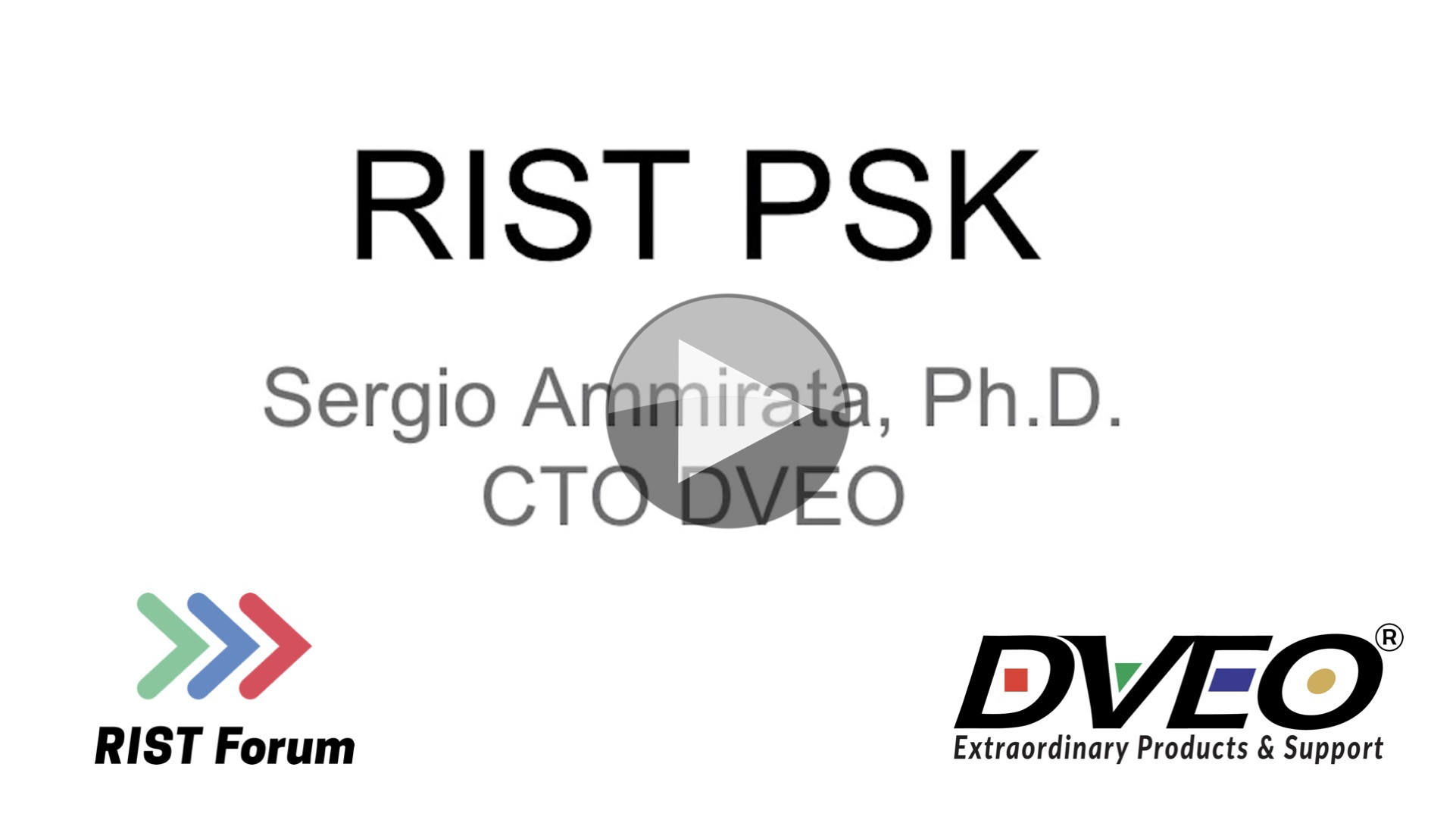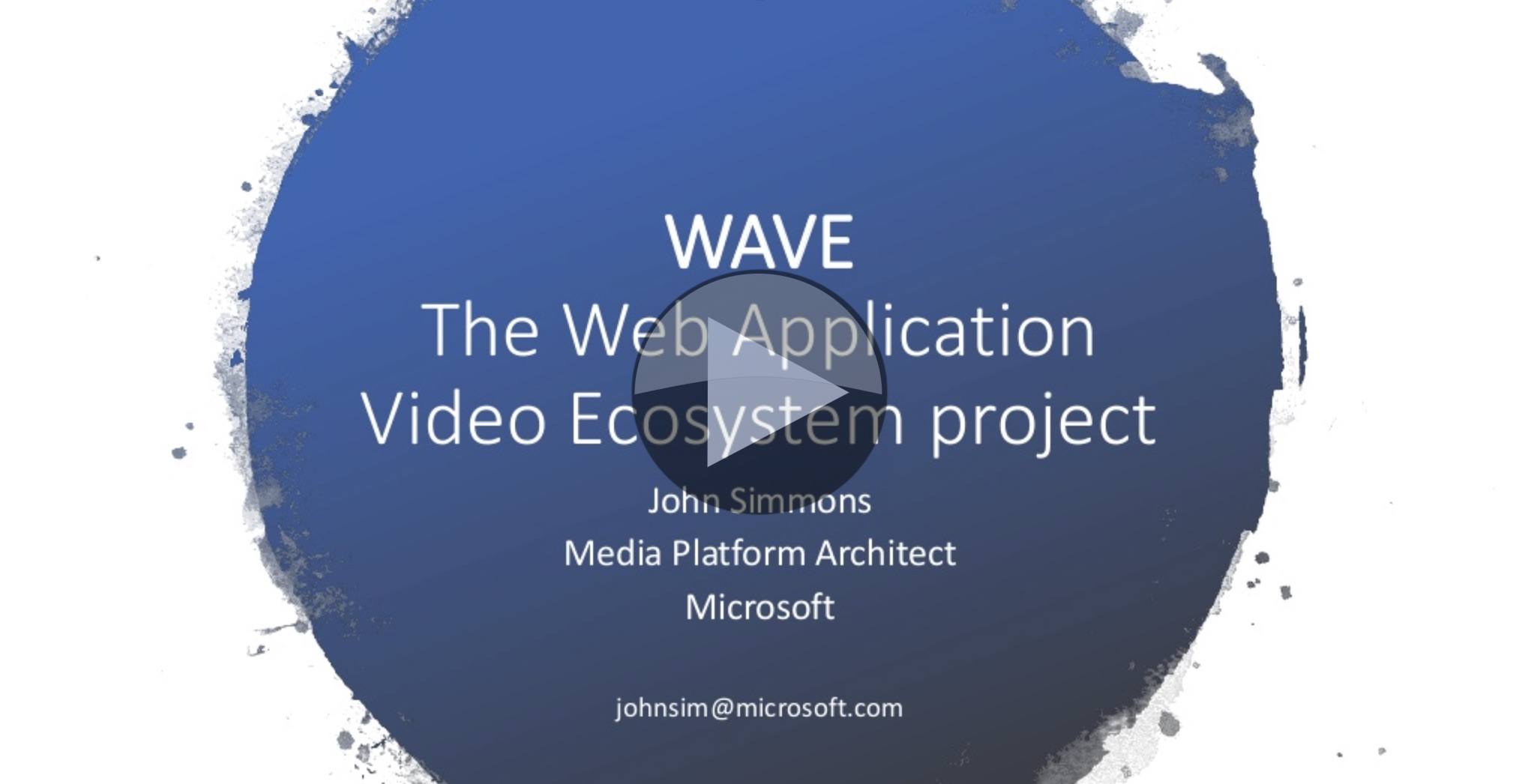An important factor when sending production video feeds and other media over the internet for most people is encryption. When distributing to the end user, it’s different, but for contribution having the assurance that no-one else can view the video is very reassuring to all parties even when the content doesn’t necessitate it. RIST has been in development for a while and has grown beyond the simple profile which only dealt with packet loss. Now with the main profile, encryption is possible; there are actually two ways to encrypt. One uses DTLS which is the UDP-based equivalent of the same TLS encryption that https:// websites use, the other uses pre-shared keys (PSK).
Sergio Ammirata from DVEO starts the talk by introducing the main profile and the use of GRE tunnels. The use of a tunnel from sender to receiver allows for a single connection to carry multiple channels of multiplexed data. Importantly. it also allows the encryption to happen to the tunnel rather than to each media stream separately.
The next section of the talk revises what DTLS is: part of the main profile providing TLS encryption to UDP. Given this is an encryption method, it’s important to realise it is not part of the data-loss recovery algorithms. Since DTLS is based on TLS, it will also need certificates. Just like websites you have the choice of having a self-signed certificate or one signed by a trusted authority. This means that you not only know that you are sending encrypted data, you are also sending it to a trusted computer, not someone unintended. Sergio takes us through the workflow of verifying the certificates highlighting, for instance, the requirement for a realtime clock otherwise the start and expiry dates in the certificates wouldn’t have any meaning.
With PSK, there is no authentication. It encrypts the whole of the GRE tunnel except for headers with an AES key related to the pre-shared passphrase. The encryption is changed periodically by an automatic process. It’s important to realise that because this is so deterministic, this can be used for bonded connections. When Sergio then looks at the data flow for using PSK, we see that that it is much simpler with many fewer handshakes.
As to when PSK is the route to take over using DTLS, one-to-many transmission is an obvious candidate but also where there is only one-way communication such as most satellite links. Sergio finishes the talk by looking at the use of FEC and taking questions from the floor.
Watch now!
Speaker
 |
Sergio Ammirata CTO, DVEO |






